Home>Furniture & Design>Interior Design Trends>How To Decorate A Glass Table Top
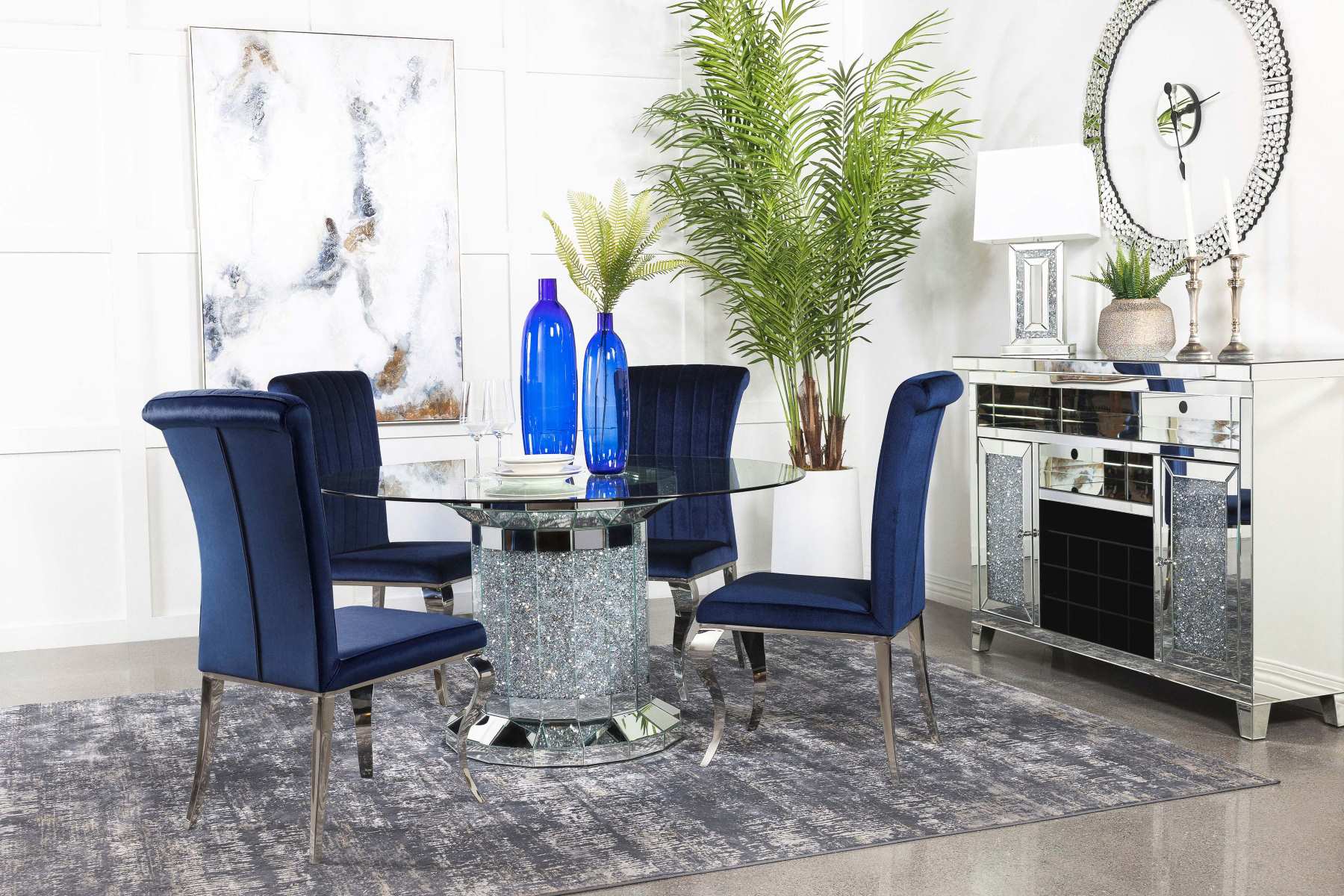

Interior Design Trends
How To Decorate A Glass Table Top
Published: February 5, 2024
Discover the latest interior design trends for glass table tops and learn how to decorate them to elevate your space. Explore creative ideas and tips for a stylish and modern look.
(Many of the links in this article redirect to a specific reviewed product. Your purchase of these products through affiliate links helps to generate commission for Storables.com, at no extra cost. Learn more)
Choosing the Right Glass Table Top
When it comes to decorating your living space, the choice of a glass table top can significantly impact the overall aesthetic and functionality of the room. With a myriad of options available, selecting the right glass table top involves considering various factors to ensure it complements your interior design while meeting your practical needs.
Read more: How To Build A Glass Top Coffee Table
Consider the Size and Shape
The first step in choosing the right glass table top is to consider the size and shape that best suits your space. Whether you have a small, cozy dining area or a spacious living room, the size of the table top should harmonize with the proportions of the room. Additionally, the shape of the glass top, whether round, square, rectangular, or oval, should align with the existing furniture and the overall style of the room.
Explore Different Glass Types
Glass table tops come in various types, each offering unique characteristics. For a modern and sleek look, tempered glass is a popular choice due to its durability and safety features. On the other hand, annealed glass, with its smooth edges and customizable options, can add a touch of elegance to the space. Exploring different glass types allows you to select one that not only enhances the visual appeal but also aligns with your lifestyle and maintenance preferences.
Reflect on the Base and Frame
When choosing a glass table top, it's essential to consider the base and frame that will support it. Whether it's a wooden, metal, or acrylic base, the material and design should complement the glass top, creating a cohesive and balanced look. Additionally, the color and style of the base and frame play a crucial role in defining the overall aesthetic of the table, making it essential to select elements that harmonize with the existing decor.
Evaluate the Thickness
The thickness of the glass table top is another vital aspect to consider. Thicker glass exudes a sense of sturdiness and can make a bold statement in a room, while a thinner glass top can create a more delicate and airy ambiance. Evaluating the thickness of the glass in relation to the intended use of the table and the surrounding decor ensures that it not only looks visually appealing but also serves its functional purpose effectively.
Read more: How To Style A Vintage Glass Top Side Table
Harmonize with the Room's Style
Lastly, when choosing a glass table top, it's crucial to ensure that it harmonizes with the room's style. Whether your interior design leans towards contemporary, traditional, minimalist, or eclectic, the glass table top should seamlessly integrate into the existing decor, enhancing the overall visual appeal of the space.
By carefully considering the size, shape, glass type, base and frame, thickness, and overall style, you can confidently select the right glass table top that elevates the aesthetic charm of your living space while meeting your practical needs.
Key Takeaways:
- Choose the right glass table top by considering size, shape, glass type, base, thickness, and style to elevate your space’s aesthetic while meeting practical needs.
- Elevate your glass table top with a thoughtfully curated centerpiece, table runners, placemats, decorative accents, and the right lighting to create a captivating and personalized display.
Adding a Centerpiece
A centerpiece serves as the focal point of a glass table top, adding a touch of elegance and personality to the space. Whether it's a dining table, coffee table, or console table, selecting the right centerpiece can elevate the overall aesthetic and create a captivating visual impact.
Reflect the Theme and Season
When choosing a centerpiece, consider the theme of the room and the current season. For a spring or summer setting, a vase filled with fresh, vibrant flowers can infuse a sense of freshness and vitality into the space. In contrast, during the fall and winter months, a rustic wooden tray adorned with candles and seasonal foliage can evoke a cozy and inviting ambiance. By reflecting the theme and season through the centerpiece, you can seamlessly integrate it into the overall decor, creating a harmonious and visually appealing setting.
Embrace Height and Proportion
The centerpiece should embrace height and proportion to create a balanced and visually engaging display. Taller elements, such as a sculptural vase or a decorative candle holder, can add vertical interest and draw the eye upward, enhancing the sense of spaciousness in the room. Pairing these taller elements with lower-profile accents, such as a stack of art books or a decorative tray, creates a dynamic visual composition that adds depth and dimension to the table top.
Incorporate Texture and Contrast
Introducing texture and contrast through the centerpiece can enliven the table top and contribute to the overall sensory experience. Consider incorporating tactile elements, such as a woven basket, a metallic sculpture, or a textured ceramic bowl, to add visual and tactile interest. Additionally, juxtaposing different materials, such as glass, wood, metal, and fabric, can create a captivating interplay of textures and finishes, infusing the space with a rich and layered aesthetic.
Personalize with Meaningful Objects
Infusing the centerpiece with meaningful objects can add a personal touch and narrative to the space. Whether it's a cherished family heirloom, a travel memento, or a handcrafted artisan piece, incorporating meaningful objects into the centerpiece can imbue the space with a sense of authenticity and individuality. These personal touches not only enhance the visual appeal of the table top but also create a conversation starter and evoke a sense of warmth and personal connection.
Harmonize with the Surrounding Decor
Ultimately, the centerpiece should harmonize with the surrounding decor, complementing the colors, textures, and styles present in the room. By selecting a centerpiece that resonates with the existing design elements, such as the upholstery, wall art, and decorative accessories, you can create a cohesive and unified look that ties the entire space together. This seamless integration ensures that the centerpiece becomes an integral part of the room's visual narrative, enhancing the overall ambiance and leaving a lasting impression.
Incorporating a thoughtfully curated centerpiece onto a glass table top can transform the space into a captivating and inviting setting, reflecting your personal style and enhancing the visual allure of the room. By considering the theme, proportion, texture, personalization, and harmony with the surrounding decor, you can create a centerpiece that becomes the hallmark of your interior design, captivating the attention and admiration of all who enter the space.
Using Table Runners and Placemats
Table runners and placemats are versatile accessories that can elevate the visual appeal of a glass table top while serving practical purposes. These decorative elements not only protect the table surface from scratches and spills but also add a layer of texture, color, and pattern, enhancing the overall aesthetic of the space.
Read more: How To Decorate A Console Table
Enhancing Visual Appeal
Table runners and placemats offer an opportunity to infuse the table setting with personality and style. Whether it's a formal dining table or a casual coffee table, these accessories can instantly transform the look and feel of the space. By selecting table runners and placemats in coordinating or contrasting colors and patterns, you can create visually captivating arrangements that enliven the table top and complement the surrounding decor.
Adding Texture and Dimension
The use of table runners and placemats introduces texture and dimension to the table setting, contributing to a multi-layered and visually engaging display. Textured fabrics, such as linen, cotton, or silk, can add a tactile element, inviting touch and creating a sensory experience. Additionally, the strategic placement of these accessories can define individual spaces within the table, such as delineating the dining area or highlighting the centerpiece on a coffee table, adding depth and visual interest to the overall composition.
Protecting and Maintaining the Table
Beyond their decorative function, table runners and placemats serve a practical role in safeguarding the glass table top from scratches, heat marks, and spills. Placemats provide designated spaces for tableware, such as dinner plates, glasses, and cutlery, preventing direct contact with the glass surface. Meanwhile, table runners offer a protective layer against potential scratches from decorative objects or serving dishes. This not only preserves the pristine condition of the table but also simplifies the cleaning and maintenance process, ensuring the longevity of the glass top.
Creating Seasonal and Theme-Based Displays
Table runners and placemats can be utilized to reflect seasonal themes and special occasions, allowing for versatile and ever-changing tablescapes. During festive seasons, incorporating themed runners and placemats, adorned with motifs and colors associated with the celebration, can infuse the space with a joyful and festive ambiance. Similarly, for everyday use, selecting neutral or patterned accessories enables effortless transitions between different decor styles and color schemes, offering flexibility and adaptability in styling the table top.
Read more: How To Make A Marble Top Coffee Table
Harmonizing with the Overall Decor
It's essential to select table runners and placemats that harmonize with the overall decor and style of the room. By considering the existing color palette, furniture finishes, and decorative accents, you can choose accessories that seamlessly integrate into the visual narrative of the space. Whether it's a monochromatic, bold, or eclectic scheme, the table runners and placemats should complement the existing elements, creating a cohesive and unified look that enhances the overall ambiance of the room.
Incorporating table runners and placemats onto a glass table top presents an opportunity to infuse the space with creativity, functionality, and visual allure. By leveraging these versatile accessories to enhance the visual appeal, add texture, protect the table, create thematic displays, and harmonize with the overall decor, you can curate captivating table settings that reflect your personal style and elevate the aesthetic charm of the room.
Incorporating Decorative Accents
Incorporating decorative accents onto a glass table top is a creative endeavor that allows you to infuse the space with personality, style, and visual intrigue. These accents serve as the finishing touches that elevate the overall aesthetic and create a captivating focal point within the room. From sculptural elements to functional decor, the strategic placement of decorative accents can transform the table top into a dynamic and visually engaging display.
Curating a Cohesive Collection
When incorporating decorative accents, consider curating a cohesive collection of objects that harmonize with the existing decor and reflect your personal style. Selecting a theme, such as coastal, vintage, or minimalist, can guide the curation process, ensuring that the decorative accents contribute to a unified visual narrative. By incorporating objects with varying heights, shapes, and textures, you can create a visually dynamic arrangement that captures the attention and adds depth to the table top.
Showcasing Personal Style
Decorative accents provide an opportunity to showcase your personal style and interests. Whether it's a collection of artfully arranged books, a sculptural figurine, or a vibrant vase, these accents can serve as a reflection of your individuality and passions. Introducing elements that resonate with your aesthetic preferences and evoke a sense of nostalgia or inspiration can imbue the space with a unique and personal touch, creating a visually compelling tableau that sparks conversation and admiration.
Read more: How To Decorate Glass Jars
Balancing Form and Function
While decorative accents primarily contribute to the visual appeal of the table top, they can also serve functional purposes. Incorporating decorative trays, bowls, or boxes not only adds a layer of organization but also provides a practical solution for containing smaller items and keeping the table top clutter-free. Additionally, selecting decorative accents that serve a dual purpose, such as a stylish candle holder or a decorative storage container, ensures that they contribute to both the aesthetic and functional aspects of the space.
Infusing Texture and Visual Interest
Introducing decorative accents with diverse textures, materials, and finishes can enliven the table top and create a sensory-rich experience. Consider incorporating elements such as metallic sculptures, ceramic vases, woven baskets, or glass objets d'art to add tactile and visual interest. The interplay of different textures and finishes contributes to a layered and visually captivating display, inviting exploration and evoking a sense of sophistication and refinement.
Creating Visual Hierarchy
The strategic placement of decorative accents allows you to create a visual hierarchy that guides the eye and emphasizes key focal points. By arranging accents in varying heights and proportions, you can establish a sense of balance and rhythm, drawing attention to specific elements while maintaining an overall cohesive composition. This deliberate arrangement contributes to the overall visual flow of the table top, creating a captivating tableau that invites admiration and appreciation.
Incorporating decorative accents onto a glass table top presents an opportunity to curate a visually captivating and personalized display. By curating a cohesive collection, showcasing personal style, balancing form and function, infusing texture and visual interest, and creating visual hierarchy, you can transform the table top into a dynamic and visually engaging focal point that reflects your individuality and enhances the overall aesthetic charm of the room.
Selecting the Right Lighting
Selecting the right lighting for a glass table top is a crucial aspect of interior design that can significantly influence the ambiance and functionality of the space. Whether it's a dining table, coffee table, or console table, the appropriate lighting not only illuminates the area but also enhances the visual appeal and creates a captivating atmosphere.
Read more: How To Decorate A Rectangle Coffee Table
Consider the Purpose and Function
When choosing lighting for a glass table top, it's essential to consider the purpose and function of the table. For a dining table, pendant lighting or a chandelier can provide focused illumination for mealtime gatherings while adding a touch of elegance to the setting. In contrast, for a coffee table, ambient lighting in the form of table lamps or floor lamps can create a cozy and inviting atmosphere, perfect for relaxation and socializing. Understanding the intended use of the table guides the selection of lighting that best serves its functional requirements.
Embrace Style and Aesthetic
The lighting chosen for a glass table top should harmonize with the overall style and aesthetic of the room. Whether it's contemporary, traditional, industrial, or eclectic, the lighting fixture should complement the existing decor, contributing to a cohesive and unified visual narrative. Selecting fixtures with materials, finishes, and designs that resonate with the room's style ensures that the lighting becomes an integral part of the overall design scheme, enhancing the ambiance and adding a layer of sophistication to the space.
Scale and Proportion
The scale and proportion of the lighting fixture play a crucial role in defining its visual impact on the table top. For a larger dining table, a statement chandelier with a substantial presence can serve as a striking focal point, commanding attention and adding a sense of grandeur to the space. Conversely, for a smaller coffee table, petite table lamps or sleek pendant lights can provide a balanced and proportionate lighting solution, complementing the scale of the table while infusing the area with a warm and inviting glow.
Layering Light
Incorporating multiple layers of light around a glass table top can create a dynamic and versatile lighting scheme. Combining ambient, task, and accent lighting allows for flexibility in adjusting the illumination based on different activities and moods. Ambient lighting establishes the overall brightness and ambiance, while task lighting, such as adjustable desk lamps or directional spotlights, provides focused illumination for specific activities. Additionally, accent lighting, such as wall sconces or picture lights, can highlight decorative elements on or around the table, adding depth and visual interest to the setting.
Read more: How To Decorate A Farmhouse Coffee Table
Enhance with Dimmers and Controls
Integrating dimmers and lighting controls offers the flexibility to adjust the intensity and mood of the lighting, enhancing the versatility of the space. Dimmer switches allow for easy customization of the light levels, catering to various occasions and preferences. By incorporating dimmers, the lighting for the glass table top can transition from bright and functional during meal times to soft and ambient for intimate gatherings or relaxation, creating a dynamic and adaptable lighting environment.
In essence, selecting the right lighting for a glass table top involves a thoughtful consideration of its purpose, style, scale, layering, and control options. By integrating lighting fixtures that align with the functional needs and aesthetic preferences, you can create a captivating and versatile lighting arrangement that enhances the visual allure and functionality of the space.
Frequently Asked Questions about How To Decorate A Glass Table Top
Was this page helpful?
At Storables.com, we guarantee accurate and reliable information. Our content, validated by Expert Board Contributors, is crafted following stringent Editorial Policies. We're committed to providing you with well-researched, expert-backed insights for all your informational needs.
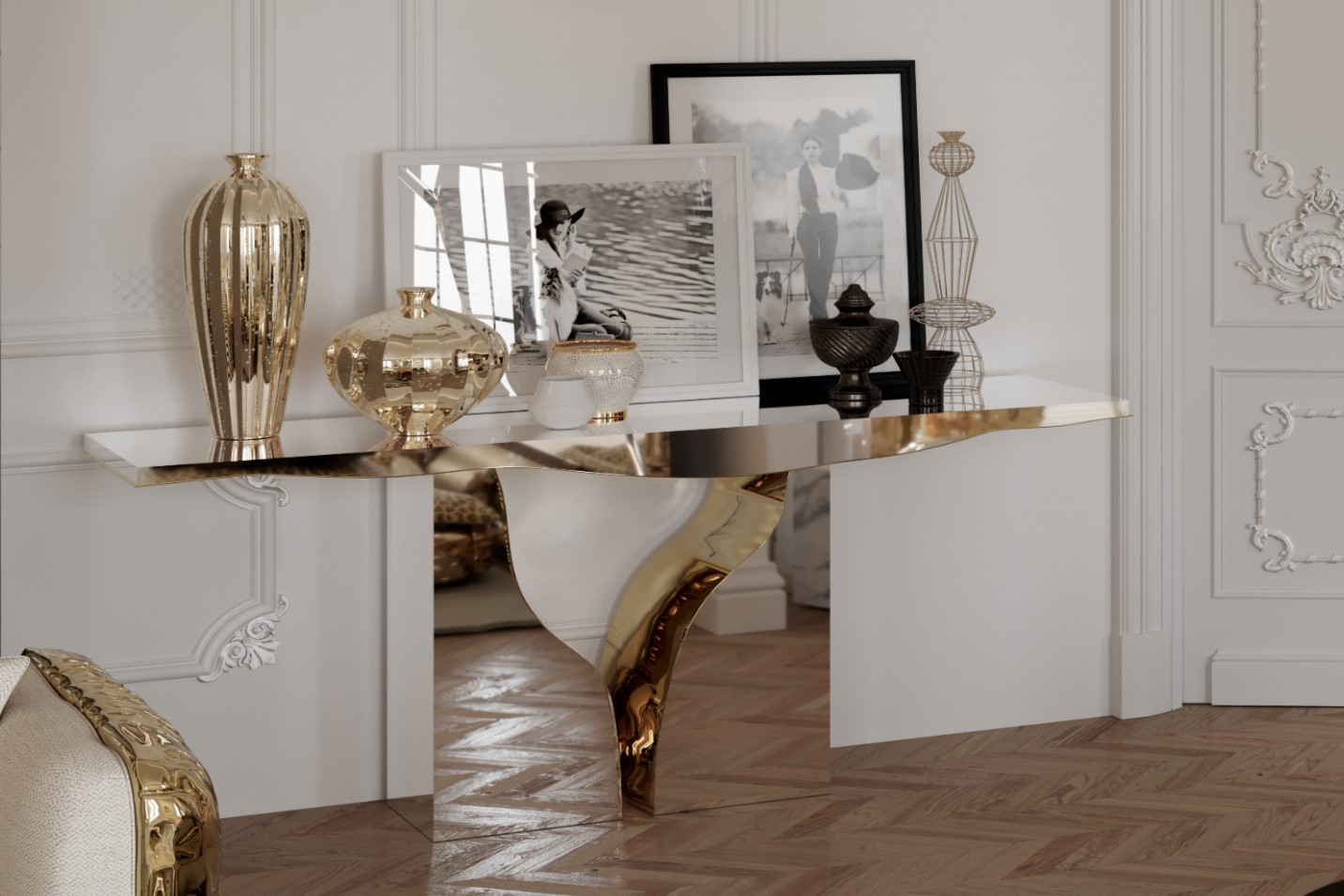
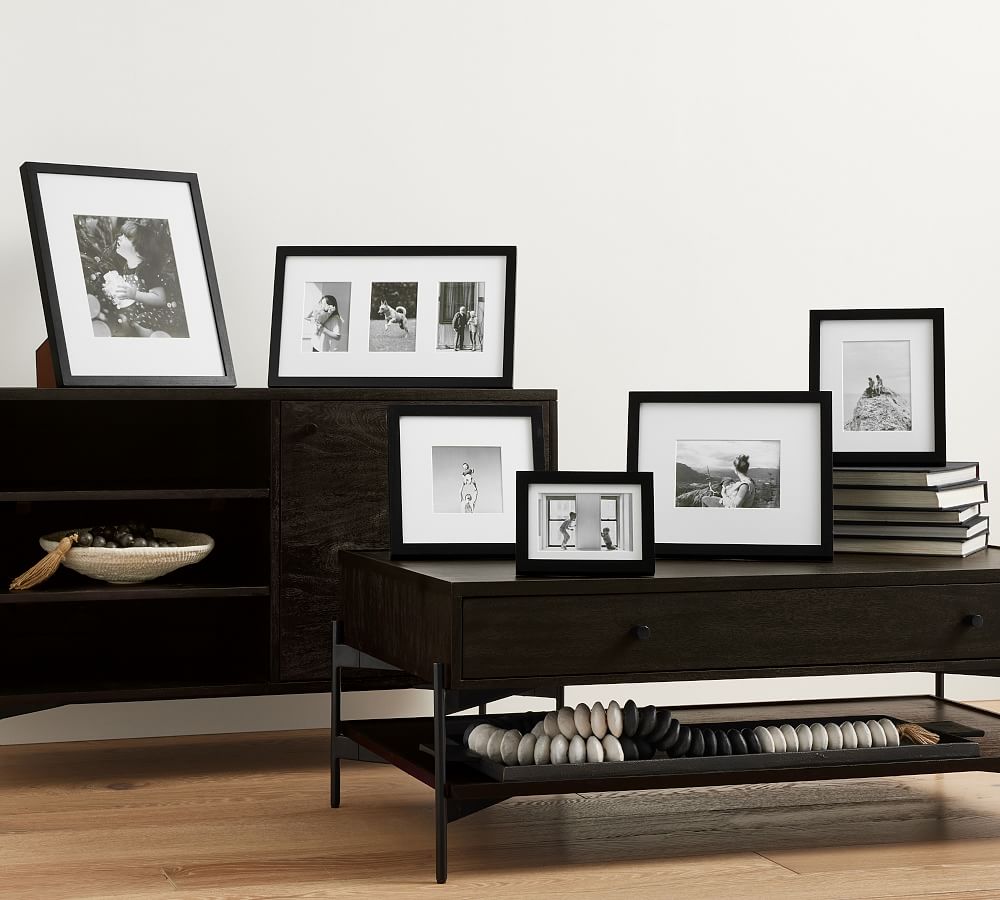
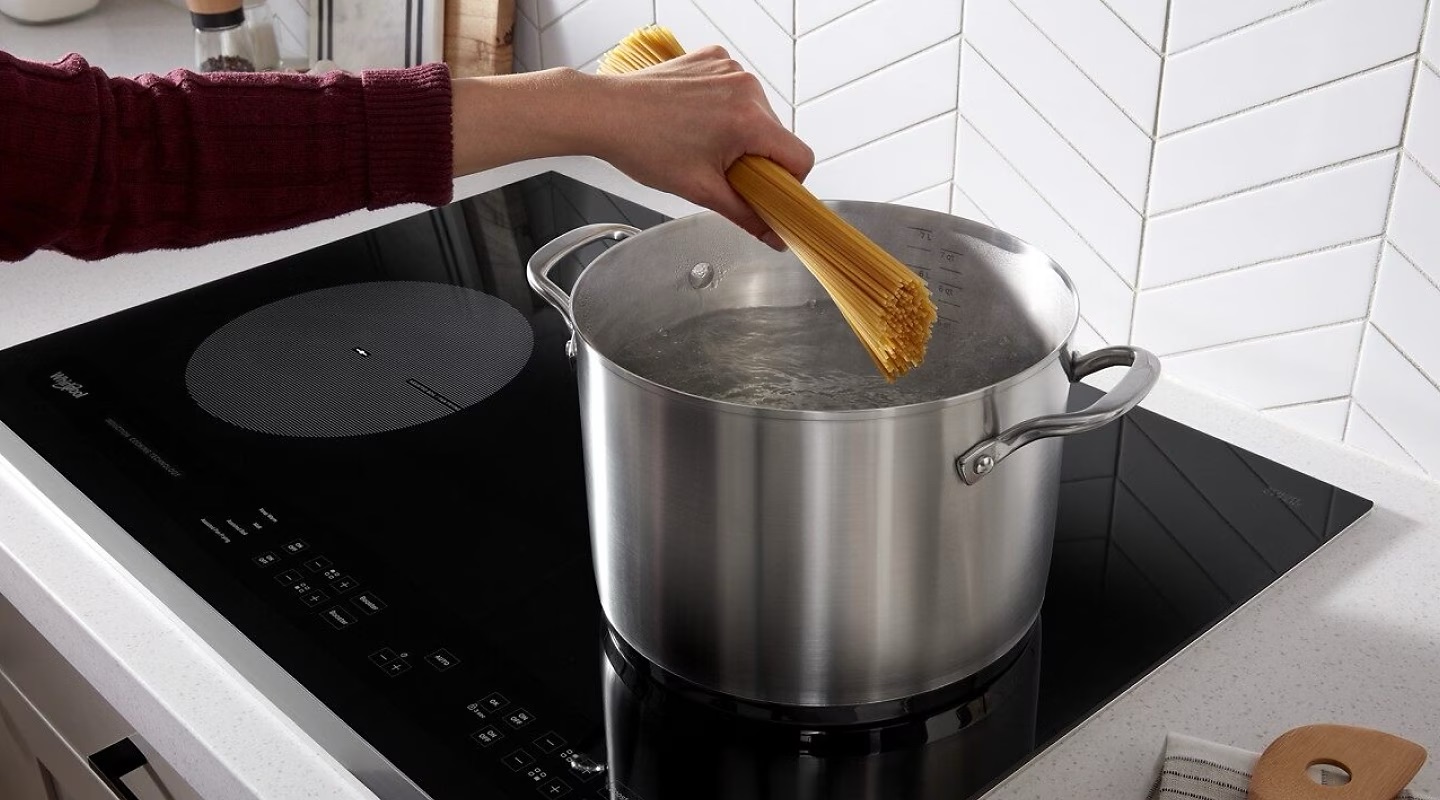
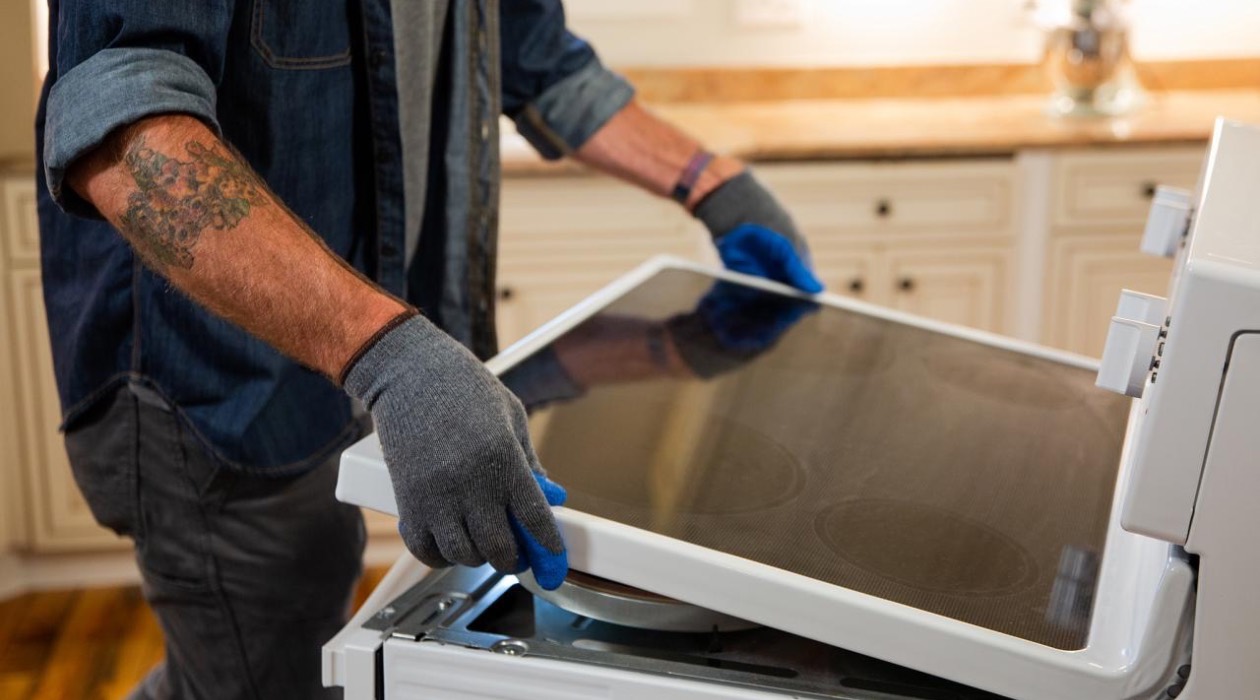
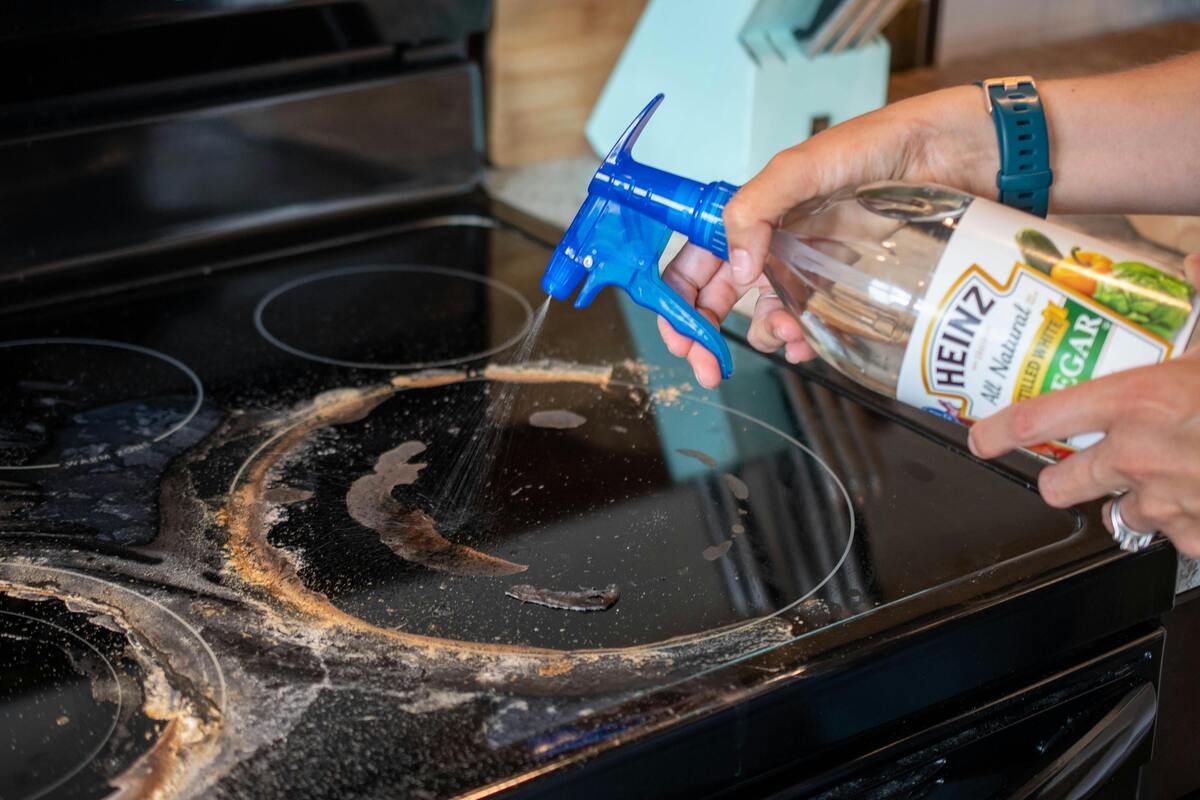
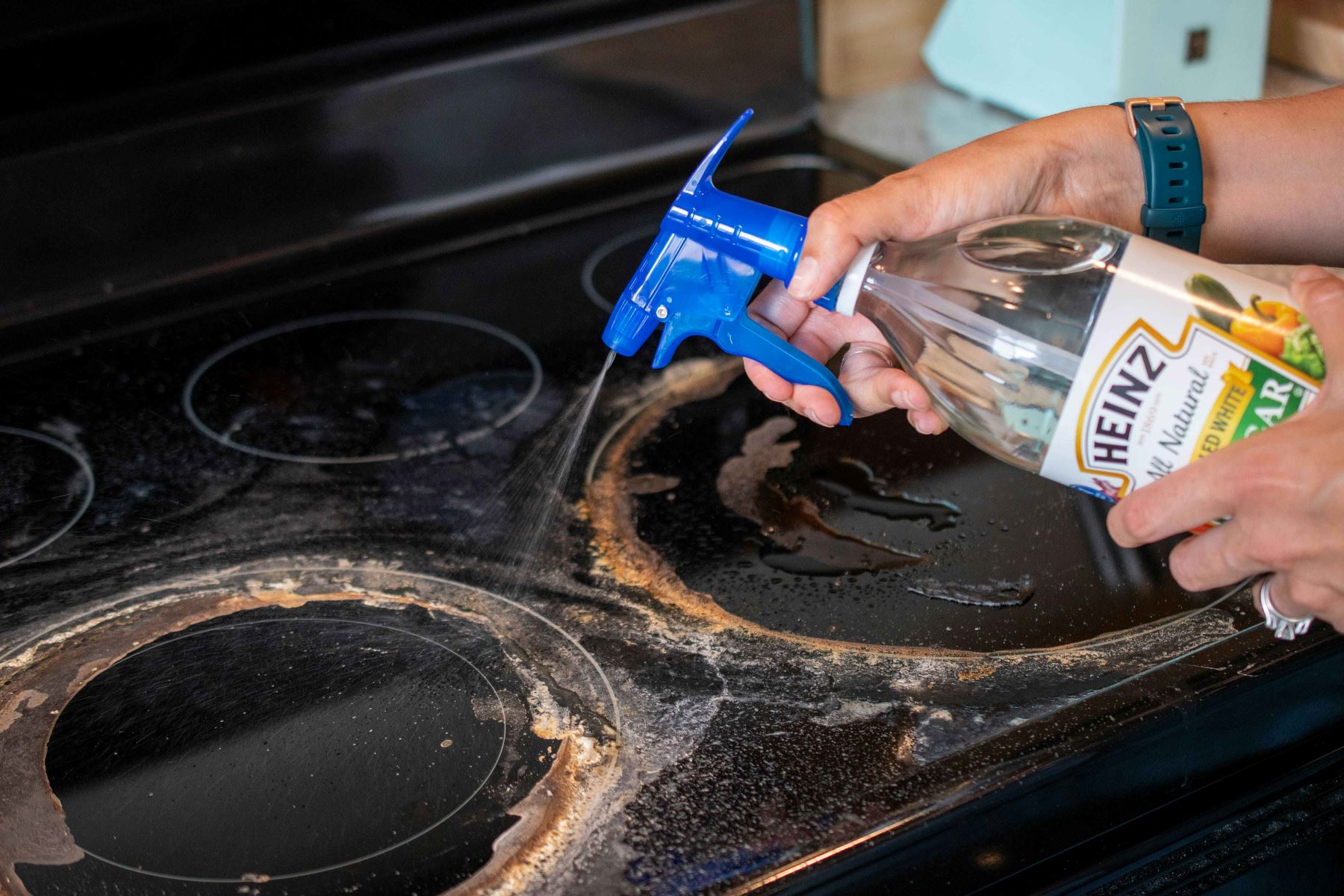
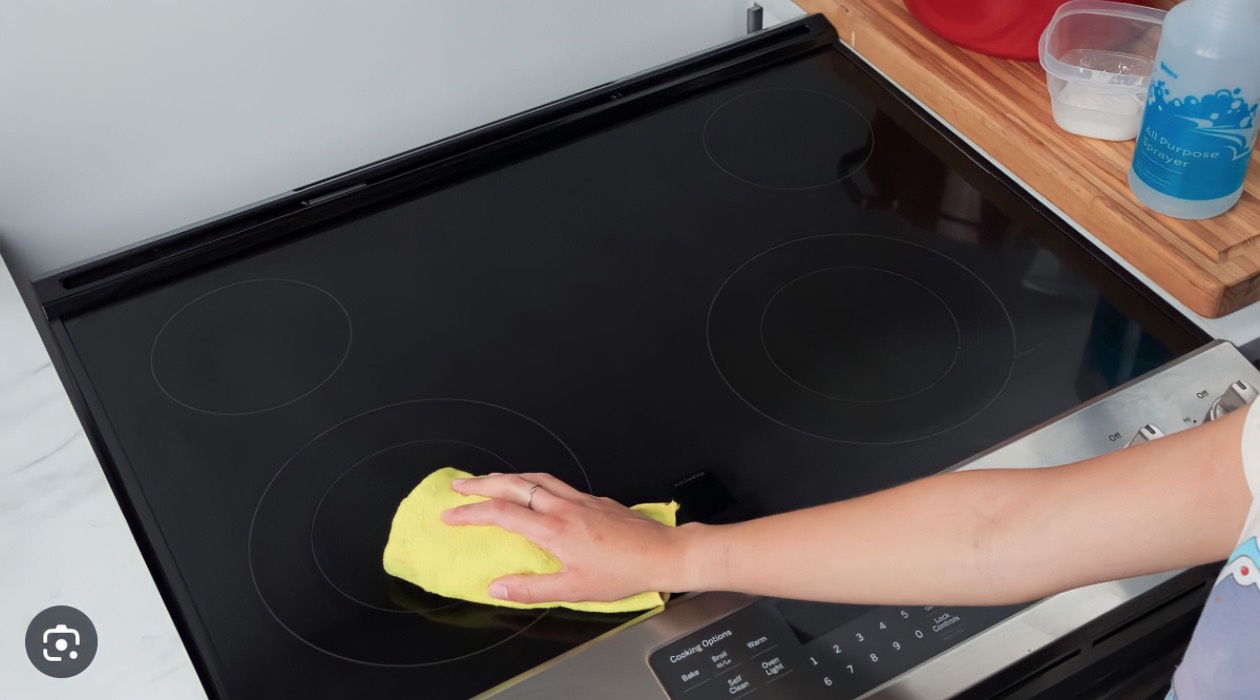
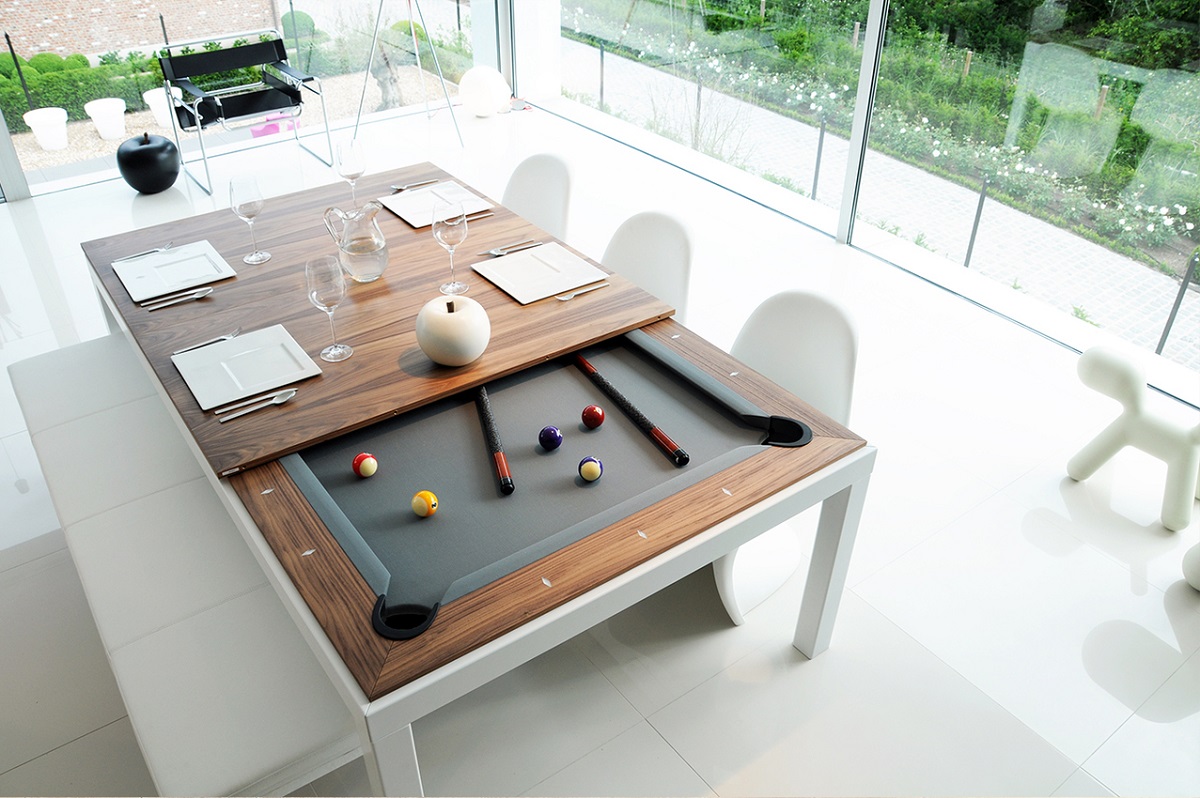

0 thoughts on “How To Decorate A Glass Table Top”